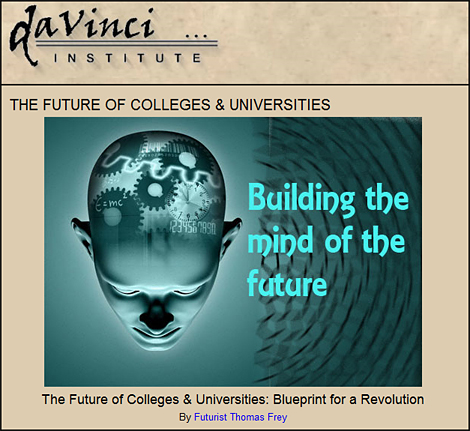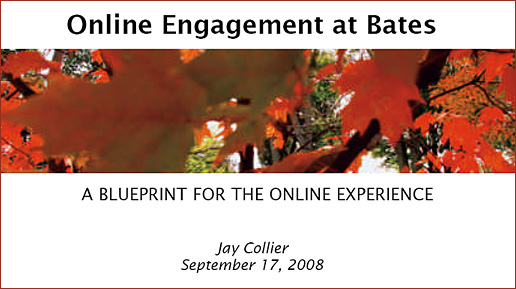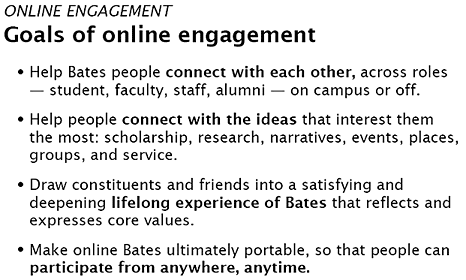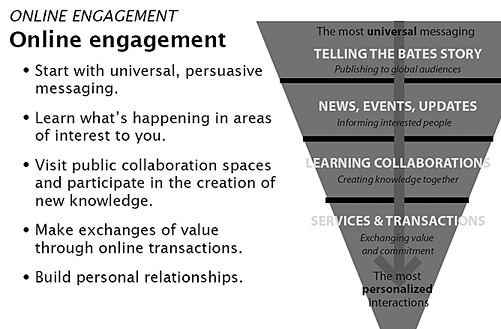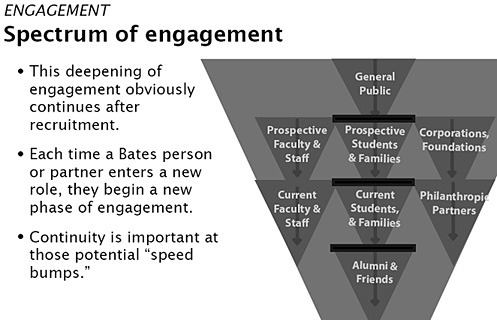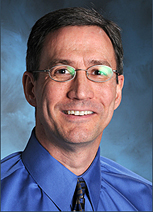Ohio calls on Blackboard to create statewide online learning clearinghouse — from The Journal by Dian Schaffhauser
Ohio’s Board of Regents will be working with Blackboard in developing a program to host distance learning courses in the state. Chancellor Eric Fingerhut chose Blackboard’s consulting team to build a new, statewide digital learning clearinghouse that will provide a common platform for online courses. The goal of the program is to use the courses to graduate more students, keep more of them at Ohio colleges and universities and in the state’s workforce, and attract more out of state graduates to pursue additional education and careers in Ohio.
Participating schools can both add and tap into the courses offered in the program. High school students could earn college credit through dual enrollment and Advanced Placement courses or use remediation offerings. College students could attend a wider range of courses and other options for earning credits and completing degrees more quickly. The resources are also expected to help adult learners who want to pursue training to advance or change their careers and prepare for certifications.









